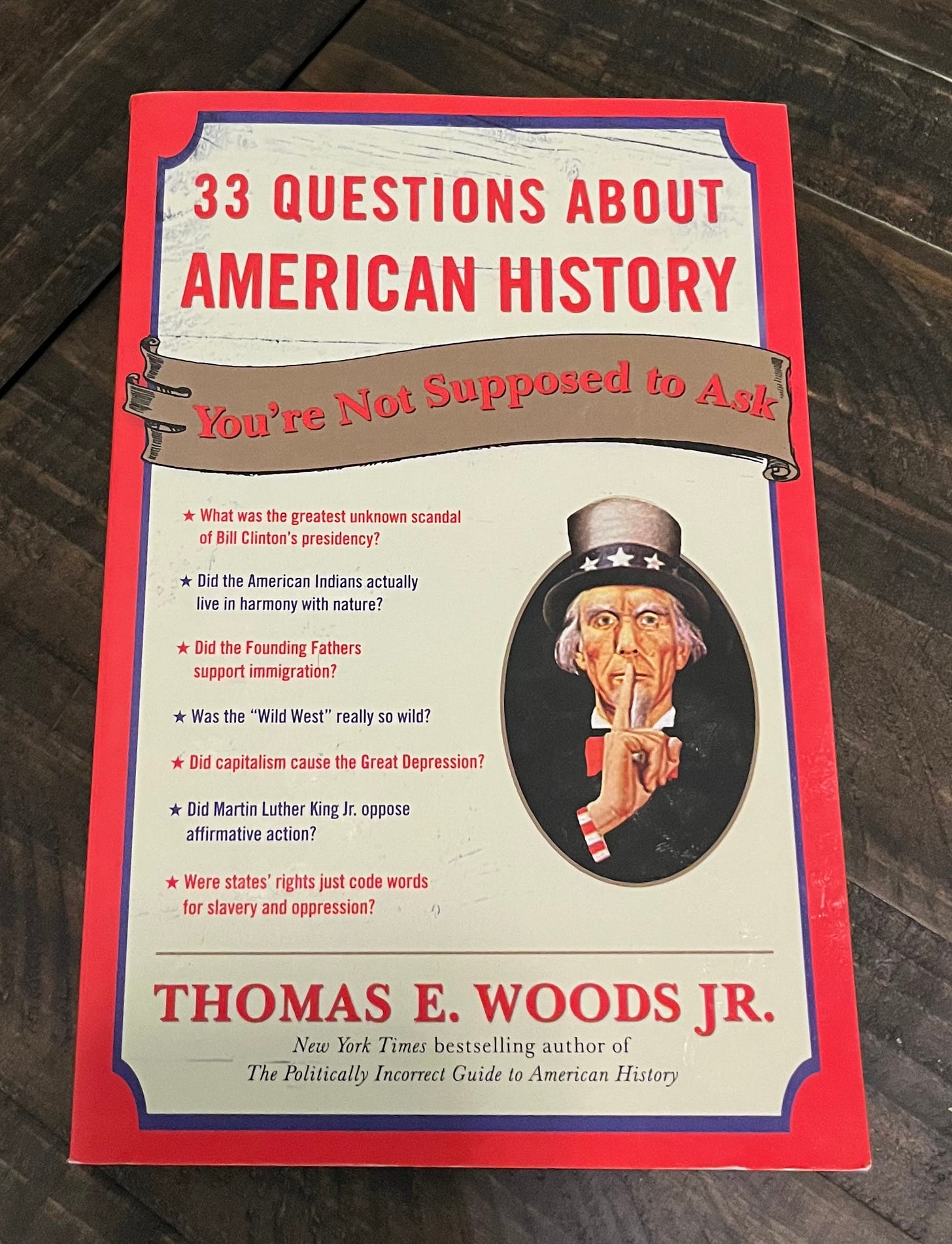It’s Labor Day today. As a kid I thought that Labor Day was when all the women went to the hospital to have children. But hey, I also thought that handicap parking spaces were made for people to park their wheelchairs. I wasn’t too sharp.
But what is Labor Day, really? Well, it’s a day to celebrate labor … workers, that is. But hold on, not all laborers get the same adulation, unfortunately. Today is meant to celebrate “union labor” specifically.
In 1894, under President Grover Cleveland, Labor Day was established as a federal holiday. Unfortunately, the holiday was sparked by labor union conflicts and tragedies. But are labor unions really the heroes we were all taught in school to worship? I say, heck no, man.
1892 Homestead Strike

One of the pivotal moments in American history that helped inspire Labor Day occurred in 1892 in Homestead, Pennsylvania — a union strike against the Carnegie Steel Company.
The American Federation of Labor and Congress of Industrial Organizations (AFL-CIO) cartoonishly presents this historical event as if Andrew Carnegie was Lex Luthor and the unions were a bunch of Clark Kents standing up for the rights of American laborers.1
“The skilled workers at the steel mills in Homestead … were members of the Amalgamated Association of Iron and Steel Workers who had bargained exceptionally good wages and work rules. Homestead's management, with millionaire Andrew Carnegie as owner, was determined to lower its costs of production by breaking the union. …
But [Carnegie] and his chairman, Henry Frick, were furious workers had a voice with the union. … Even more galling … was that … [the] skilled production workers at Homestead enjoyed wages significantly higher than at any other mill in the country. …
So management acted [and] demanded wage cuts … didn't make proposals to negotiate … issued ultimatums to the union. … [Carnegie and Frick] advertised widely for strikebreakers and built a 10-foot-high fence around the plant that was topped by barbed wire. Management was determined to provoke a strike.
Meanwhile, the workers [were] establishing pickets on eight-hour shifts, river patrols and a signaling system …. When Frick plotted to sneak in 300 [strikebreaking] Pinkerton agents …, word spread across town … [and] thousands of workers … rushed to the river to keep them out. Gunfire broke out …, the Pinkertons surrendered and … were beaten and cursed by the angry workers.
At the end of the battle … seven workers and three Pinkertons were dead. Four days later, 8,500 National Guard forces were sent at the request of Frick to take control of the town and steel mill. After winning his victories, Frick announced, ‘Under no circumstances will we have any further dealing with the Amalgamated Association as an organization. This is final.’ And … the Amalgamated Association collapsed.”
Tom Woods presents the event in a different manner in his book, 33 Questions About American History You’re Not Supposed to Ask: 2
“At the conflict’s height the strikers’ advisory committee took full control of the town, monitoring people’s movement and even censoring the press. Nonunion workers hired as replacements, thinking they had the right to work for whatever employer offered them satisfactory terms, we’re beaten or had their living quarters bombed or burned down. The strikers opened fire on the Homestead plant’s guards, killing one, and spent the night trying to destroy the barges that carried them ….”
If that’s what’s considered “standing up for the rights of American laborers,” count me out as a union enthusiast.
How the Standard of Living Rises
In the mindset of a 3rd grader, wealth is generated by act of demanding it. You want to become wealthier? Then scream louder until you get what you demand. You may win in the short term, but this is not how wealth is generated.
Wealth is created by producing more with the same (or lesser) number of resources. Labor being a primary resource. Wealth is created by constantly improving efficiency and cost to maximize the amount of affordable goods and services made available to the masses. The productivity of labor is the key. Improving labor productivity is how everyone’s standard of living rises, including that of laborers.
Think of a community that has no running water. They have to travel daily to the local spring, fill up buckets, and then tote them back home. And in their free time local laborers are spending their days digging for new springs with the use of shovels.
Well, a big bad, greedy capitalist comes around and sees an opportunity to sell the community a water pipeline. The community, of course, sees this as an opportunity as well. The capitalist and the community agree upon a deal and the project kicks off. The capitalist invests in machinery, hires a number of laborers (who then also gain experience in pipeline laying) and the pipeline becomes a reality. The community and local laborers are now relieved of the daily desperation of searching for water. There is now more free time available for laborers to seek work elsewhere, learn new skills, and further improve living standards in other ways.
Celebrate Free Labor, Not Union Labor
This Labor Day celebrate free labor —free in the sense of a laborer’s freedom to sell their services how they choose. Individuals — capitalists and laborers — should be free to act in what they perceive to be their best interests and not be forced to abide by the will of some majority like a labor union. Tell the unions to take a hike, not a strike.




